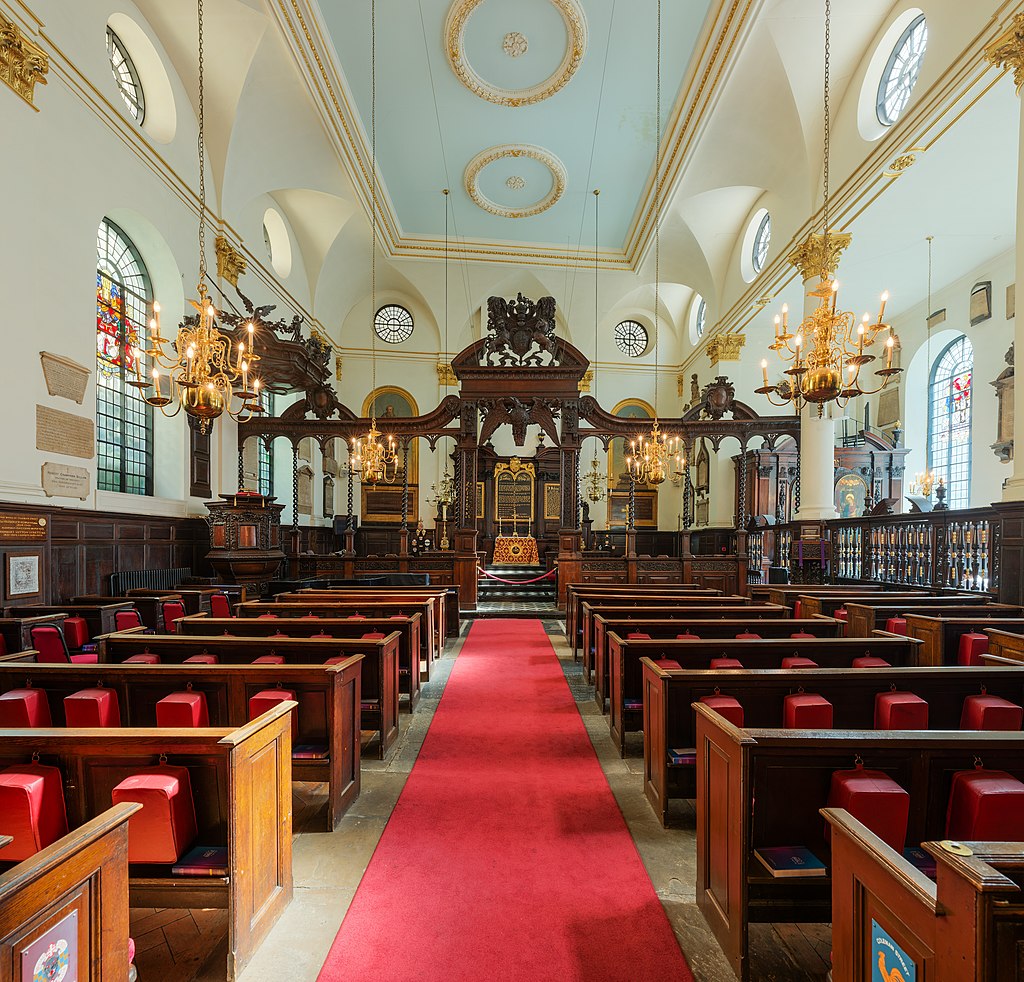
Wikimedia Commons
A rood screen is a common feature in late medieval Christian churches, separating the chancelPart of a church containing the altar, used by the officiating clergy. from the naveCentral part of a church, used by the laiety.. It takes the form of an ornate partition of more or less open tracery usually constructed of wood, but also sometimes of stone. Its principal purpose was to separate the laity from the immediate vicinity of the high altar, emphasising the divide between the clergy and the congregation. The incorporation of an image of Christ on the cross, the rood,[a]The word rood is derived from the Saxon rood or rode, meaning “cross”.[1] represented the essential link between the two, Christ’s sacrifice.[2] The rood screen would originally have been surmounted by a rood loft, containing a sculptural representation of the Crucifixion.[3]
Many rood screens in English churches were removed during the Protestant Reformation of the 16th century.[2]
See also
- Holy Maid of LeominsterKnown only as Elizabeth, she was installed in the rood loft above the chancel of the priory of Leominster, in Hereford, by its prior in the late 15th or early 16th century.
